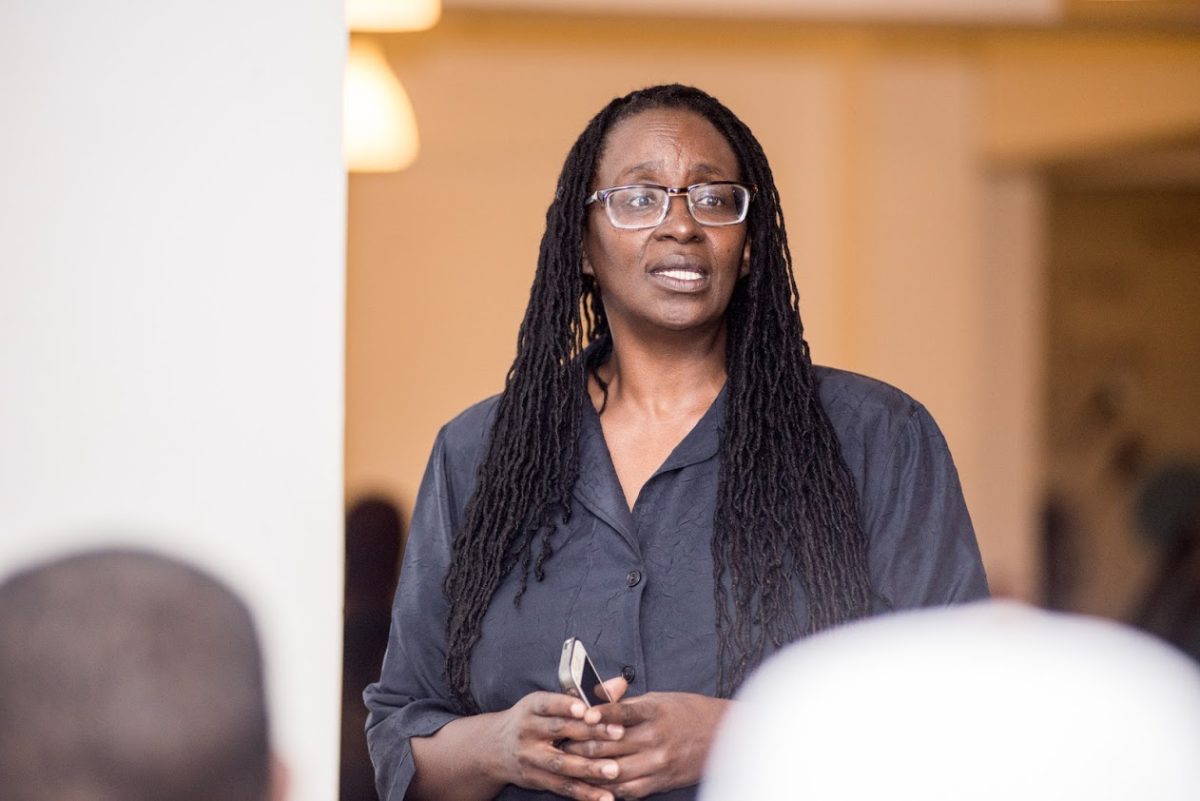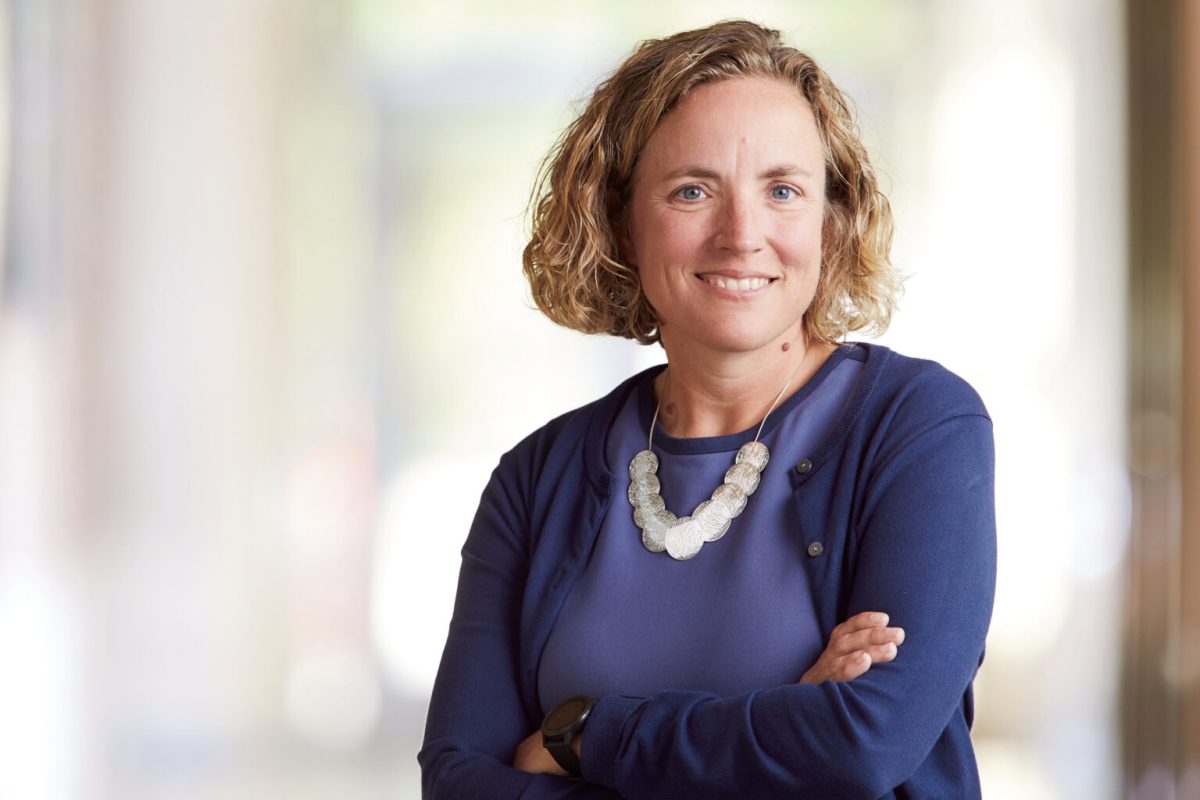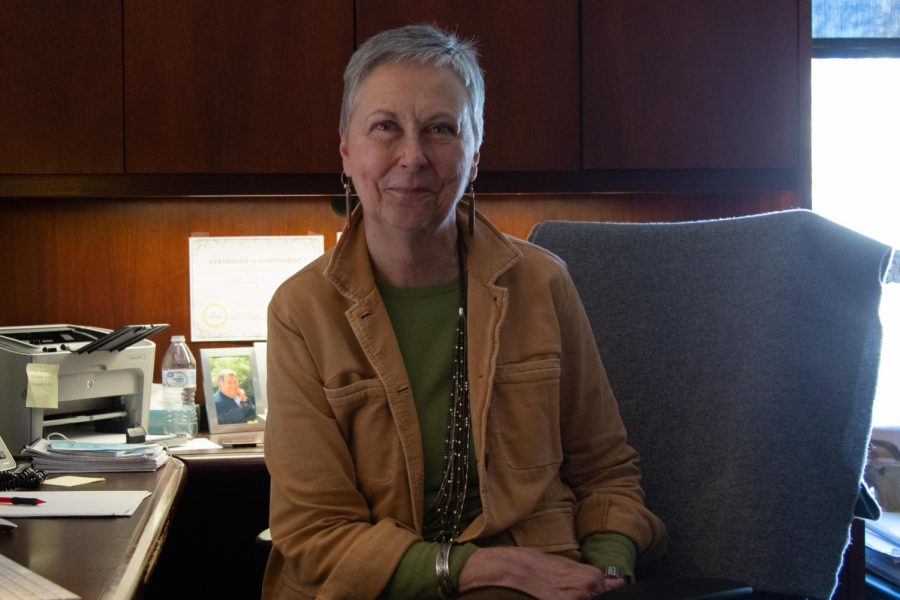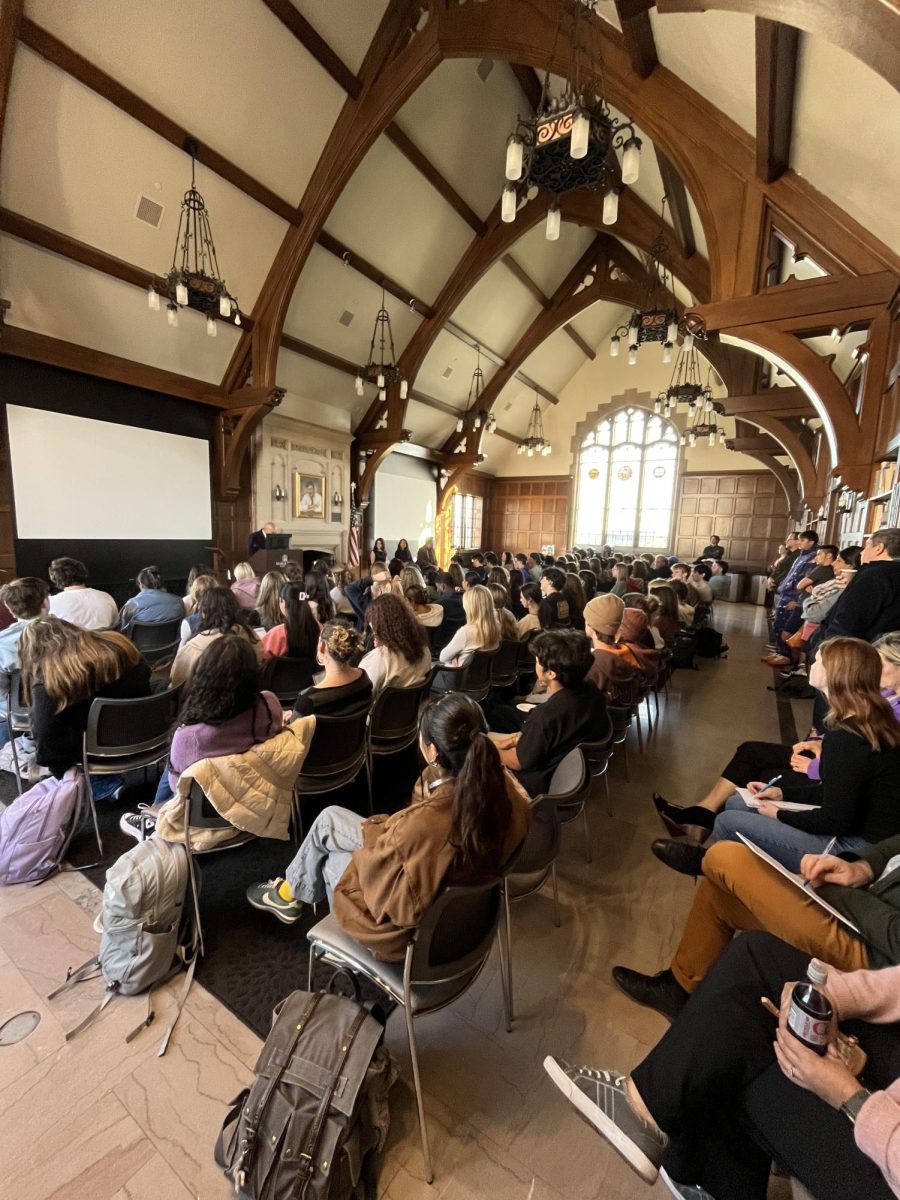Marquette University will be at the forefront of local journalism research in the coming months.
Patrick Johnson, associate professor in the College of Communication, will be leading a project to map out the entirety of the local news ecosystem in the state of Wisconsin. It is a project that Johnson said he is passionate about and is excited to get off the ground.
The presence of local news in the United States has been rapidly declining in recent decades. According to a report from the Medill School of Journalism at Northwestern University, more than 3,200 print newspapers have stopped publishing since 2005. That is equivalent to about two newspapers per week. The report found 206 U.S. counties without any local news sources, with another 1,561 counties only having one source.
Johnson said that Marquette’s revamped journalism program is designed to shine a light on these challenges and educate students on the importance of modernizing local news environments.
“The new initiative that we’re going through as a journalism department is in response to a growing need for understanding local news infrastructure,” Johnson said. “We see this as a really cool opportunity to do more applied work where we can actually help with promoting more news, local news, infrastructure, professional development opportunities.”
Johnson highlighted the rapidly deteriorating local news environment around the nation, with so called “news deserts” appearing in more places, leaving citizens with no access to a reliable local news outlet. He explained how local news is critical to informed civic engagement, which he said is the bedrock to a functional democracy.
This message has been a key element of Johnson’s introductory journalism course, which has focused on the importance of identifying and analyzing different local news and alternative press environments. Throughout the semester, students have had the opportunity to brainstorm ways to make local news more accessible and improve news literacy around the country.
Marquette is not the first university to engage in this endeavor. Several universities around the country have engaged in similar projects to map their states local news ecosystem, including the Universities of Oregon, Colorado and Minnesota. Washington State University received $2.4 million from their state government, with the goal of increasing civic information and engagement.
Marquette’s effort will also provide opportunity to highlight non-mainstream press in Wisconsin.
“It’s not simply just traditional news outlets. It’s identifying ethnic outlets. It’s identifying alternative press forms,” Johnson said.
Johnson also noted how several other communication faculty, including Sudeshna Roy and A. Jay Wagner, will play important roles in the project. He said this project is a significant undertaking, and it will involve opportunities for Marquette students to get involved as well.
“We want students to be able to experience the tangibility of research, and recognizing that research itself isn’t simply this pie in the sky, Ivory Tower, academic, inaccessible thing,” Johnson said.
Graduate students will be engaged in more in-depth research activities such as analyzing contextual literature and analyzing data on an academic landscape. For undergraduate students, the goal is much broader, with the intent to give them the opportunity to dip their feet in the vast environment of academic research.
Johnson is hoping for a few different outcomes when the project concludes. He said that he hopes to develop a work study program in the journalism department, where students are placed in a professional environment for a portion of their academic career at Marquette and have the opportunity to get real newsroom experience.
“I want our journalism students to be able to feel as though they contributed to something that benefited their learning and their careers here in a way that maybe they wouldn’t have gotten if they simply just took coursework,” Johnson said.
This story was written by Sahil Gupta. He can be reached at sahil.gupta@marquette.edu.











